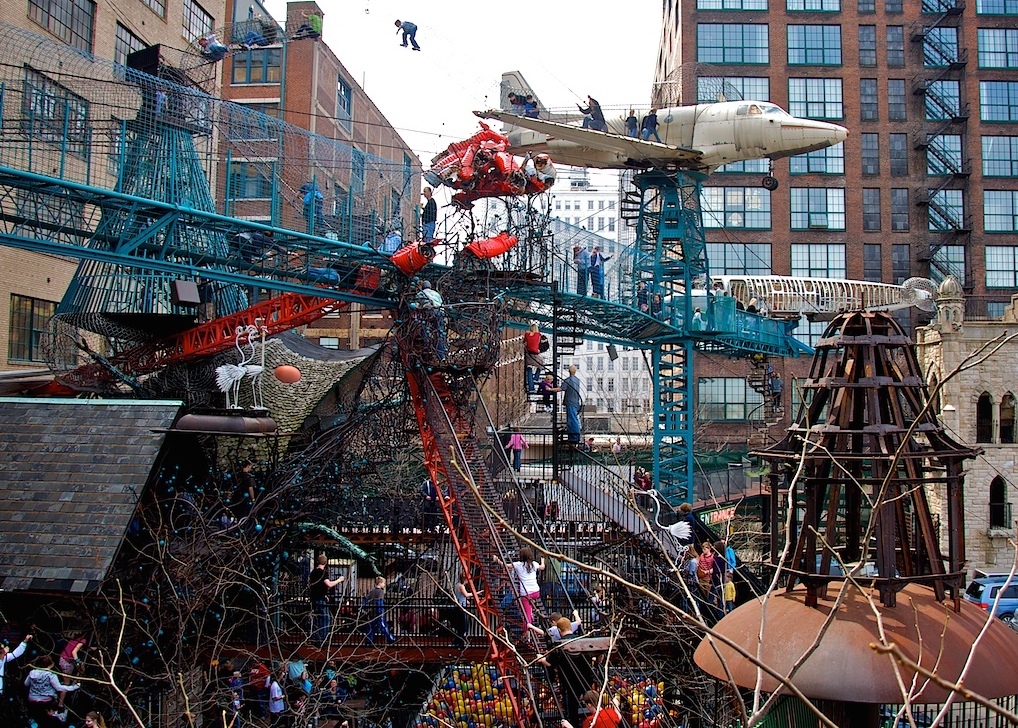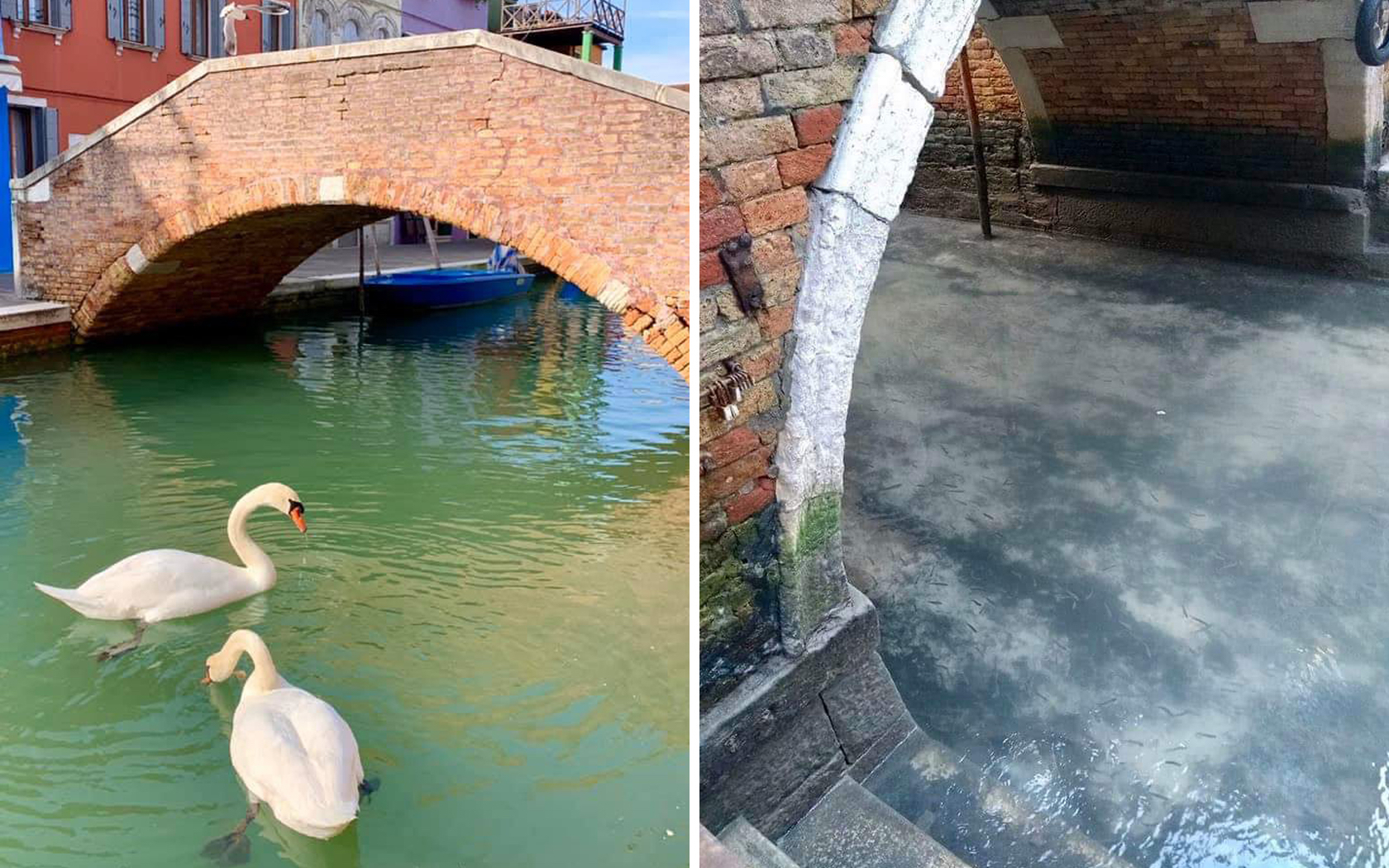The Ultimate Guide To Europe’s Most Famous Sites
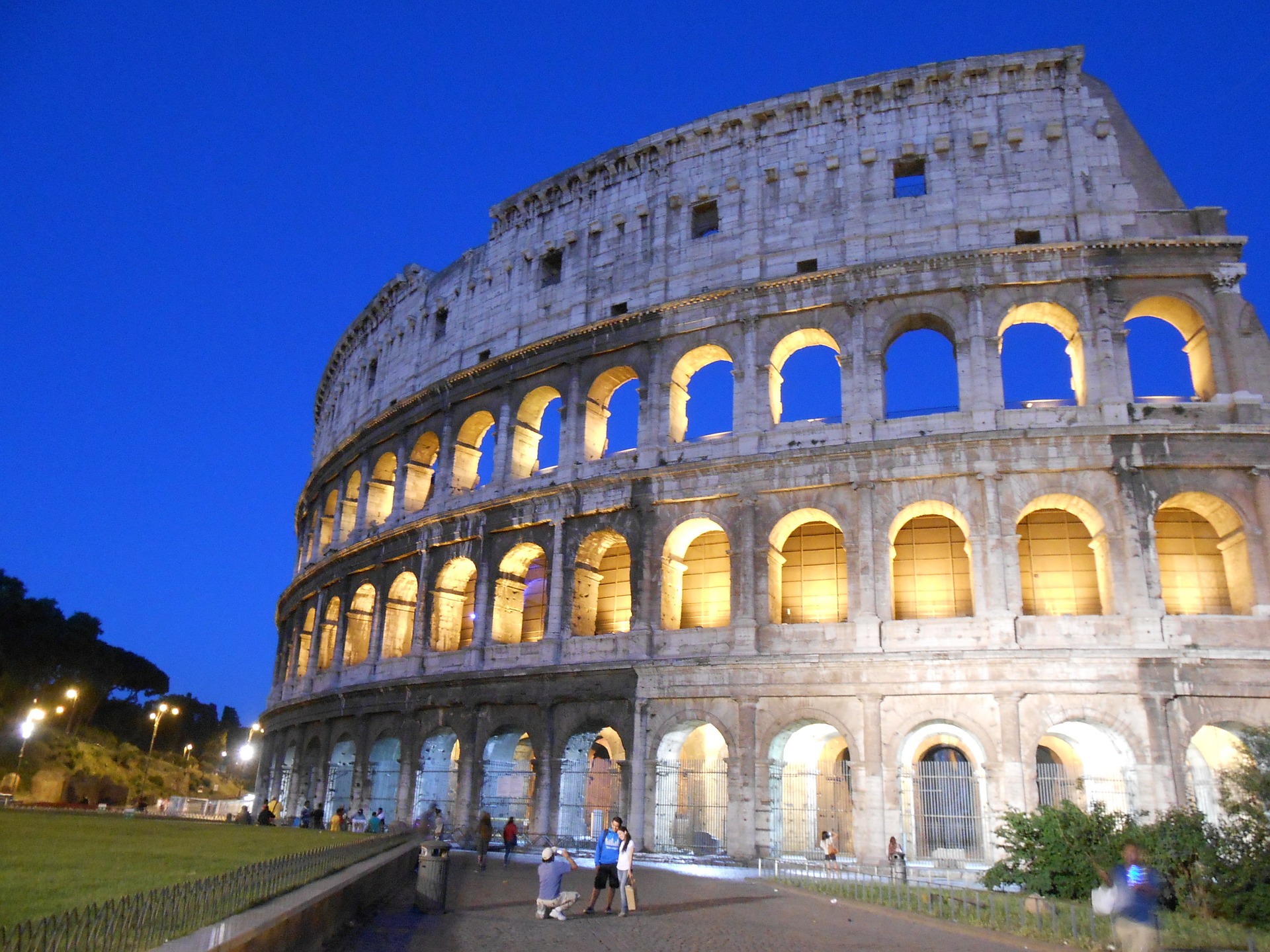
Contiki Australia - www.contiki.com
Siân Edwards is a Sydney-based freelance writer and food and…
If you’re heading to Europe, you’re bound to have a few ‘must do’ things on your bucket list – see the Eiffel Tower, hear Big Ben chiming away or ride a gondola through the canals of Venice – but do you really know much about them and why they’re so special? Before you head over, here’s a crash course on all things world heritage. This list is like the Hall of Fame of European history, the cream of the crop, protected by the United Nations for their cultural and natural significance and general ability to blow people’s minds.
Right now there are over 1000 sites across the world but we’ve handpicked some of the most well-known ones in Europe to give you a basic guide before you go:
The Eiffel Tower

Where: Paris, France
Established: 1889
Best time to go: The earlier the better! Otherwise climb the tower before twilight to enjoy the beautiful sunset before heading down to enjoy a picnic and watch the nightly light show.
Purpose: The Eiffel Tower was built to be the magnificent entry archway for the 1889 World Fair and was never meant to be permanent. It was supposed to be dismantled in 1909 before they decided to keep it as a huge radio antenna and later on, a tourist attraction.
Why it’s worth seeing: At the time of construction it was the tallest building in the world at 324m high. Now it is one of the most easily recognisable monuments and continues to be an engineering marvel giving visitors views across the Sienne. You can ride a lift to the top or walk the 1665 steps (which is actually a fun way to truly see how remarkable it is, and cheaper).
You might have seen it in: Every movie set in Paris ever – Amelie, Midnight in Paris, Ratatouille and being so easily identified with Paris, many an alien has blown it up in films like Mars Attack and Independence Day.
Fun fact: A French conman named Victor Lustig “sold” the Eiffel Tower to a scrap metal dealer.
The Colosseum
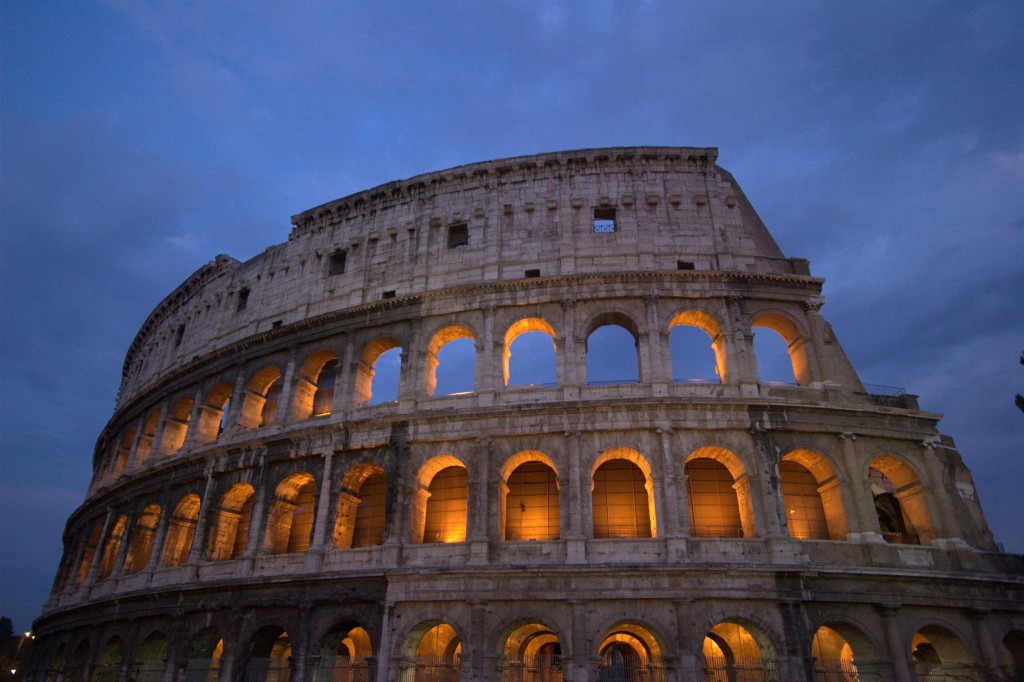
Where: Rome, Italy
Established: Construction started around 70AD. The first ‘games’ were held in 81AD.
Best time to go: The Colosseum opens at 9am year round and the line begins forming around 8am. Join a tour to bypass the queues.
Purpose: Like most modern day arenas, the Colosseum was built for large scale entertainment. It played host to gladiatorial contests and public spectacles such as animal hunts, executions and theatre. One particularly epic set of games was said to have killed 9,000 animals.
Why it’s worth seeing: It is the largest amphitheatre in the world and still stands after 2000 years – a monument to the ingenuity of Roman engineers. Walk through its hallways and imagine the horrific scenes of large scale battles that took place there.
You might have seen it in: Gladiator (duh!), Assassin’s Creed: Brotherhood, Roman Holiday
Fun fact: After being the place of so many deaths, the Colosseum has now become a symbol against capital punishment across the globe. The nightly illumination changes its colour from white to gold whenever a death sentence is commuted or any government abolishes the death penalty.
Stonehenge
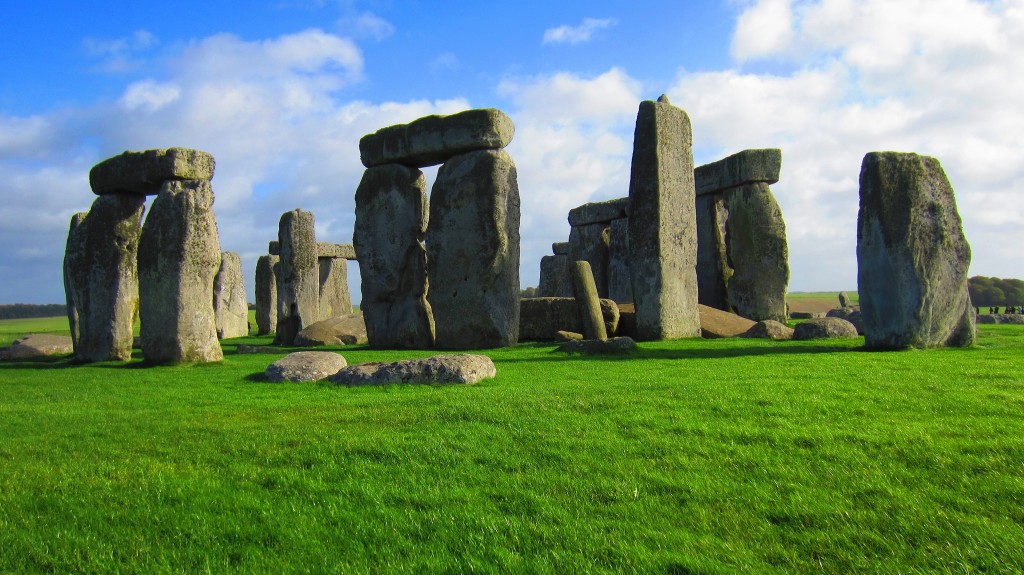
Where: Wiltshire, north of the city of Salisbury in England.
Established: These stones are old – like, over 5000 years old. Construction is said to have started around 3100BC.
Best time to go: Supposedly linked to the movement of the sun and planets, it is the place to be when the sun rises. During the Summer Solstice in June, tens of thousands gather to see the light fall onto the rocks at sunrise. Timed tickets must be bought online (Adults $29AUD).
Purpose: Stonehenge is the most famous collection of megaliths (prehistoric stone) on the planet, and the most architecturally significant. How did it get there and why? Well, we still aren’t sure…. Theories run rampant from alien landing site, ancient solar calendar or more recently a ceremonial circle and burial ground, but its sheer size (the largest stone weighs over 40 tonnes) suggest something quite significant to the ancient people who built it.
Why it’s worth seeing: To fully appreciate the modern day mystery of Stonehenge, you need to see it up close. With enormous stones moved from sites up to 240 kilometres away without modern transport, and engineering that has them locked together so precisely they remain standing today makes them (and those in the surrounding areas) a true site to behold.
You might have seen it in: Doctor Who, Ice Age, National Lampoon’s European Vacation.
Fun fact: Easily one of the most recognisable monuments, a dude in Nebraska, America has built a replica made out of 38 full-sized cars instead of stones. He calls it ‘Carhenge’.
Chateau de Versailles
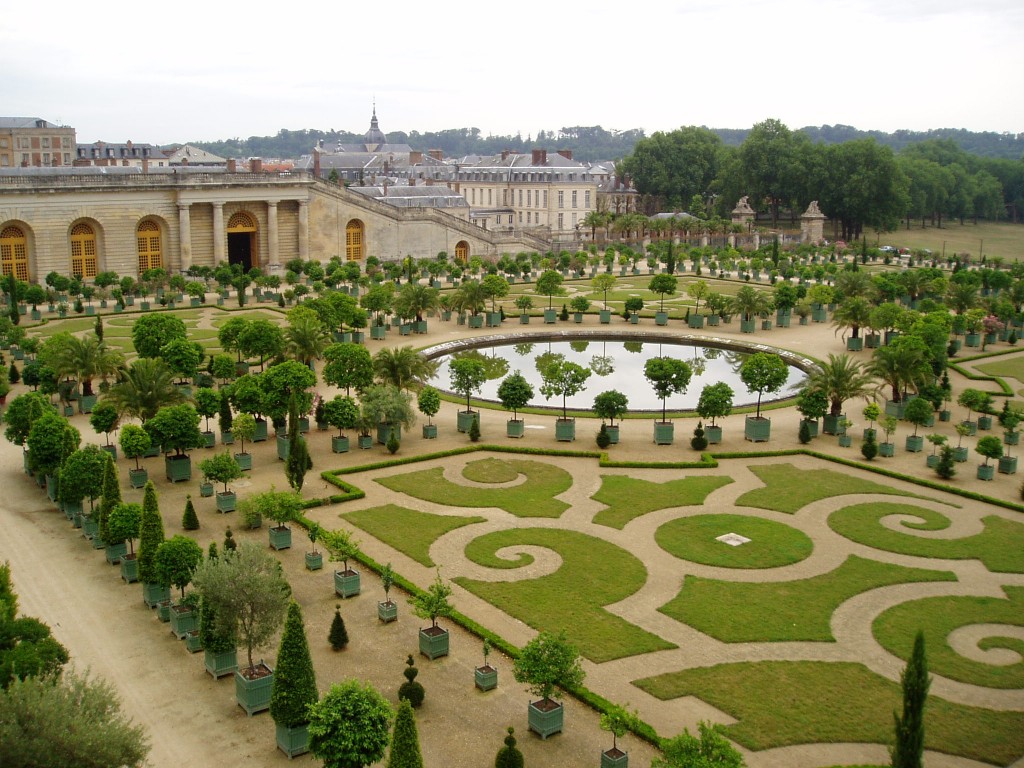
Where: Ile de France region of France
Established: Built in the late 17th century.
Best time to go: Gates open 9am so to beat the crowds arrive early and work your way back to front and enter through the garden entrance before exploring the main palace. Or do the opposite and come later in the day when the crowds start to go. In summer they hold evening shows with performers and fireworks. A two day all inclusive pass costs $36AUD.
Purpose: The royal palace was built for the King of France, Louis XIV and his wife, Marie Antoinette. He built the palace because he did not trust Parisians and wanted to move away to the country.
Why it’s worth seeing: See how the rich and famous of yesteryear lived. This place is pure opulence of the golden age, with gold leaf wallpaper, stunning artworks, marble floors and literal golden gates. Don’t miss walking through the gardens and hiring a boat to paddle on the lake. Stunning.
You might have seen it in: Marie Antoinette, Midnight in Paris.
Fun fact: In today’s money, the palace would have cost over $2 billion to build. It has over 700 rooms, more than 60 staircases and over 1200 fireplaces. Mary Antoinette even built her own little country estate in the gardens to enjoy when she needed time away from the ‘royal’ life, despite the rest of the country living in poverty.
Sagrada Familia
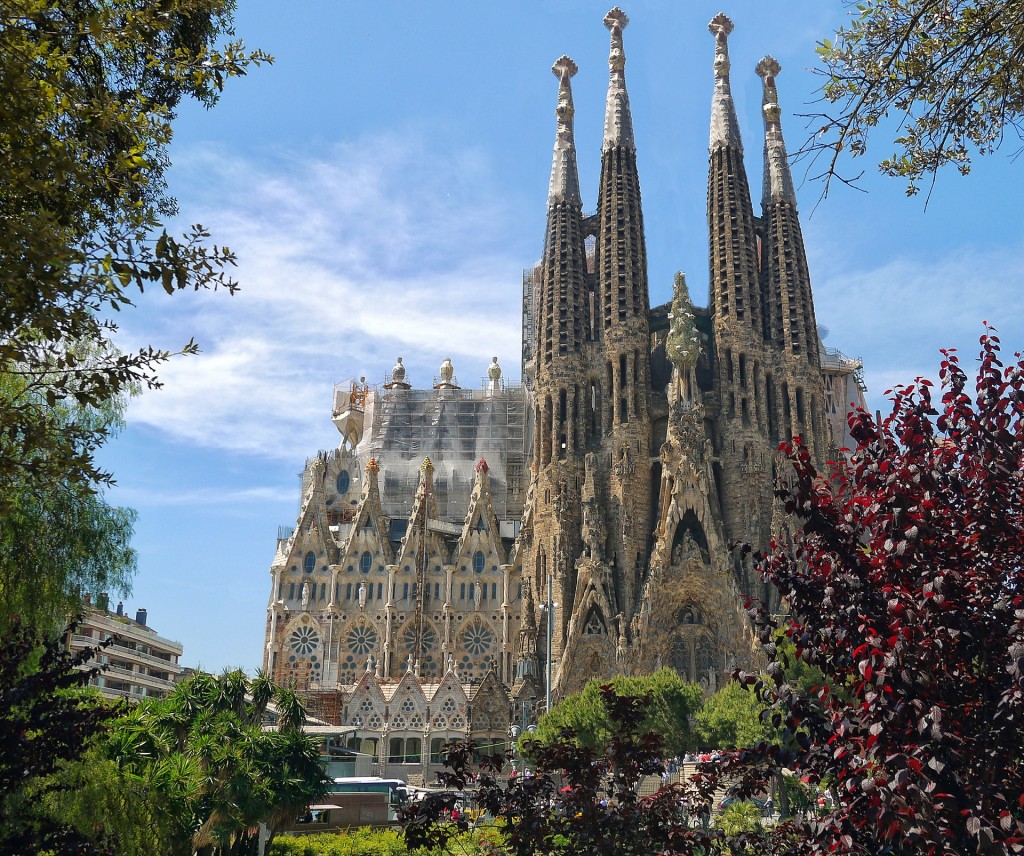
Where: Barcelona, Spain
Established: Construction began in 1882, and well, it’s still going…
Best time to go: Buy your tickets (Adults $35AUD including guide and towers) online to beat the queue. You can wander around the interior for as long as you like (it’s beautiful so take your time) but 5-6pm is the best time to see the sunlight streaming through the kaleidoscope of stained glass windows. The morning is best for photographing the intricate external façades.
Purpose: The Sagrada Familia is a Roman Catholic church. Despite its cathedral-sized plans (as per Gaudi’s original design), it is actually a minor basilica (as proclaimed by Pope Benedict XVI in 2010) as there is no seated bishop.
Why it’s worth seeing: This church (and all of Gaudi’s work) is architectural design to the extreme. It has four main facades depicting different biblical scenes like the Nativity (birth) and Passion (death) facades that need to be seen to be believed. Colourful fruits and birds adorn the tops of spires and you can take a lift to the top for great views of the city below. As an expiatory church, it has been built from donations of the people so construction is slow. As work continues, you could visit this multiple times over many years and still see new things as his creation comes to life. The inside is amazing.
You might have seen it in: Vicky Cristina Barcelona, any architecture or art history books.
Fun fact: Even though it’s his most well-known work, Gaudi wasn’t the first architect commissioned to work on the Sagrada Familia. Francisco de Paula Villar actually started the project in 1882 and then Gaudi took over a year later changing the design completely. His masterwork is expected to be completed in 2041 (or later, who knows).
The Acropolis
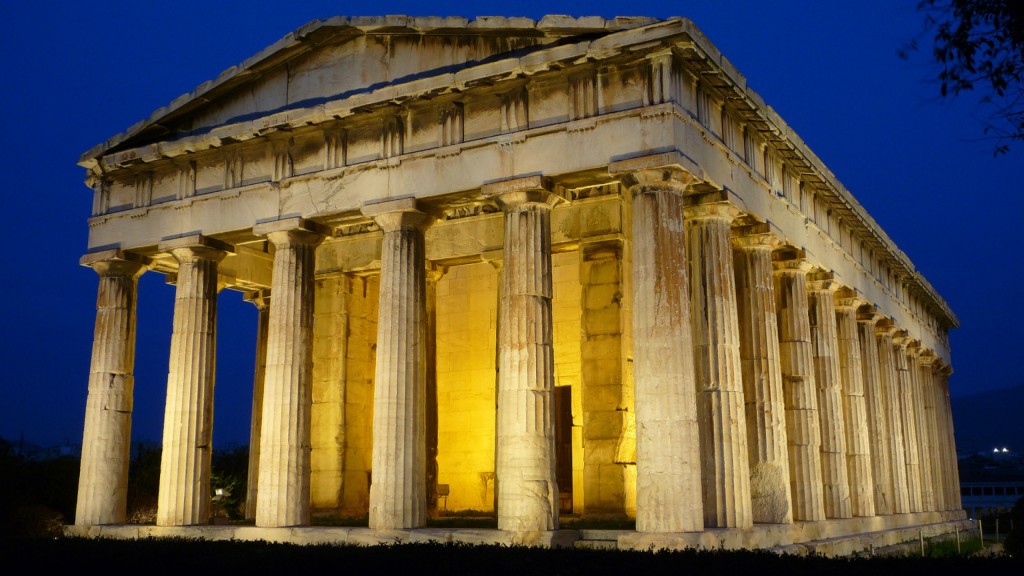
Where: Athens, Greece
Established: Built in the 5th century somewhere between 447 and 438 BC.
Best time to go: It’s pretty magic at sunrise or sunset (after 5pm). Greece gets hot, hot, hot in summer so avoid the middle of the day.
Purpose: The term Acropolis comes from joining ‘acro’ (high) and ‘polis’ (city) translating literally to ‘high city’. Dedicated to the Goddess Athena, the Acropolis of Athens with its many buildings, including the most famous Parthenon, stands 156 metres high above the city as a place of worship and power. It has been home to a royal palace, a sacred temple, wartime fortifications and cultural festivals.
Why it’s worth seeing: It’s the motherflipping beginning of modern day civilisation. This is home of the Greek Gods, the birthplace of democracy, theatre, the Olympics and more. It stands as an iconic example of our ancient architecture and engineering, and can be seen towering over the city from any vantage point. Tickets to the top will cost you about $18AUD.
You might have seen it in: My Big Fat Greek Wedding, The Two Faces of January.
Fun fact: The Parthenon held a secret ‘gold reserve’ in its impressive Athena statue. Said to be made from over 1000 kilograms of melted pure gold coins, the statue could potentially be melted back to coins if Pericles needed it to be.
Venice
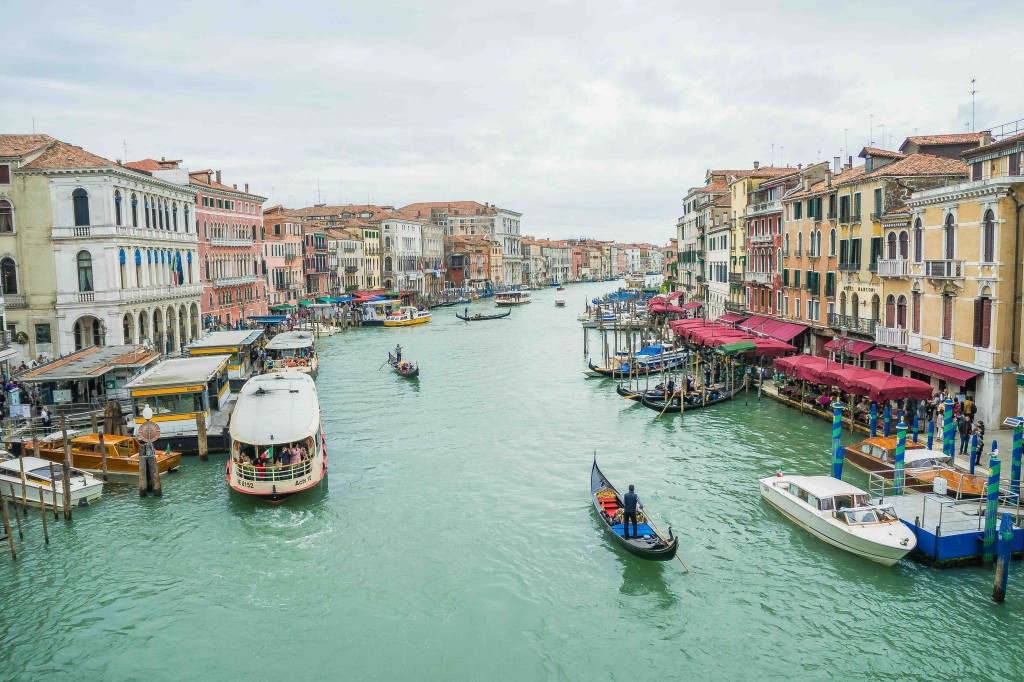
Where: North-eastern Italy
Established: Founded sometime in the 5th century, it has been given the official establishing date of March 25 421 AD which coincides with the opening day of the San Giacomo di Rialto church.
Best time to go: It’s a city on water, so it inevitably floods in the rainy season. Avoid the ‘acqua alta’ (high water) from October to January when flooding is more likely to occur.
Purpose: Spread across 118 small islands linked by canals and bridges, Venice was once a major maritime city and stands propped up by tens of thousands of wooden pylons. It was the birthplace of avid explorer, Marco Polo, who launched his quest to China and beyond. A wondrous architectural city where locals have traversed the waterways as roads for over 1500 years, Venice is also famous for priceless artworks and the colourful Murano glass.
Why it’s worth seeing: It’s a floating city! Home of the famous gondolas, you should visit Venice at least once in your life to experience the magic of the place before it sinks to the bottom of the lagoon (currently it is sinking 1-2mm a year). Gondolas can be expensive so share with a group to split the costs. Make sure you visit local Murano (the ‘Glass Island’) famous for its colourful buildings and traditional hand-blown glass.
You might have seen it in: The Tourist, The Italian Job, Indiana Jones, The Talented Mr Ripley.
Fun fact: Venice is home to one of the narrowest streets in the world. Found on a side street near Campo San Canciono, you will find Calletta or Ramo Varisco, a street no more than 53 centimetres wide at chest level.
Vatican City
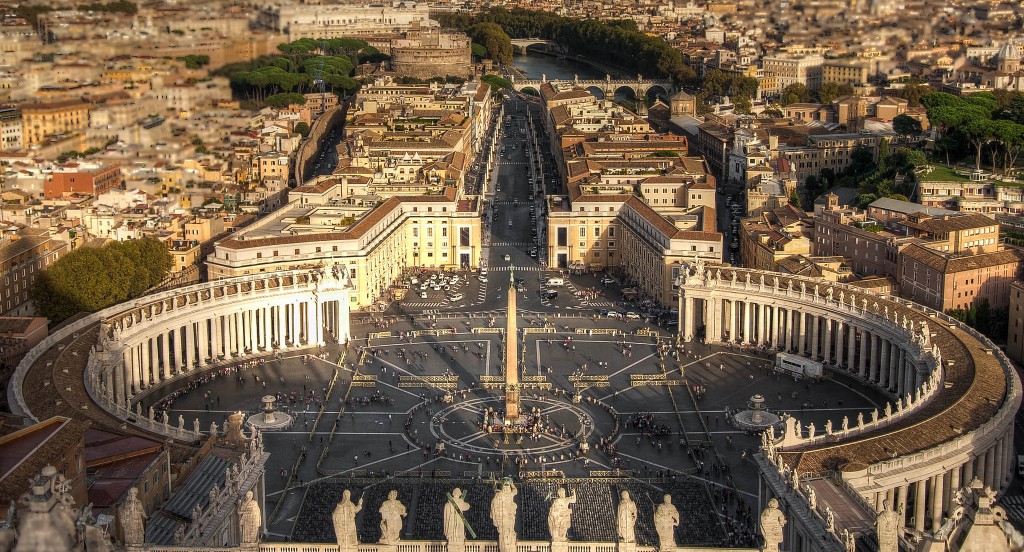
Where: Italy
Established: The Lateran Treaty of 1929 officially established the Vatican City as a sovereign state in 1929, however the land was originally given to Pope Miltades in 313 AD.
Best time to go: Your best bet is to arrive super early or later in the afternoon to avoid the crowds or join a tour that can fast-track your entry. This year the Museums will be open at night (7-11pm on Fridays) for the first time ever. Tickets ($23AUD) must be bought online.
Purpose: Vatican City is the official residence of the bishop of Rome (that is, the Pope). It is first and foremost a place of high religious significance and worship and the centre of Roman Catholicism. The Pope conducts regular public blessings and sermons which you can attend for free or avoid if crowds aren’t quite your thing.
Why it’s worth seeing: The Pope lives here. Aside from that, the teeny “country” (all 44-something hectares of it) is home to amazing cultural sites like St Peter’s Basilica, the Sistine Chapel and the Vatican museums. Filled with priceless artworks, frescos and sculptures, you will be amazed by the detail of Michelangelo’s most famous artwork, the ceiling, which took him only four years to complete. You could stare at it for hours.
You might have seen it in: Angels and Demons, Madagascar 3, The Godfather III.
Fun fact: Vatican City has the highest crime rate on earth. Yep, because of its low population numbers and high record of petty theft, the official stats put the crime rate at around 1.5 crimes per person. Pickpockets love the crowds, so take care of your valuables.
Big Ben
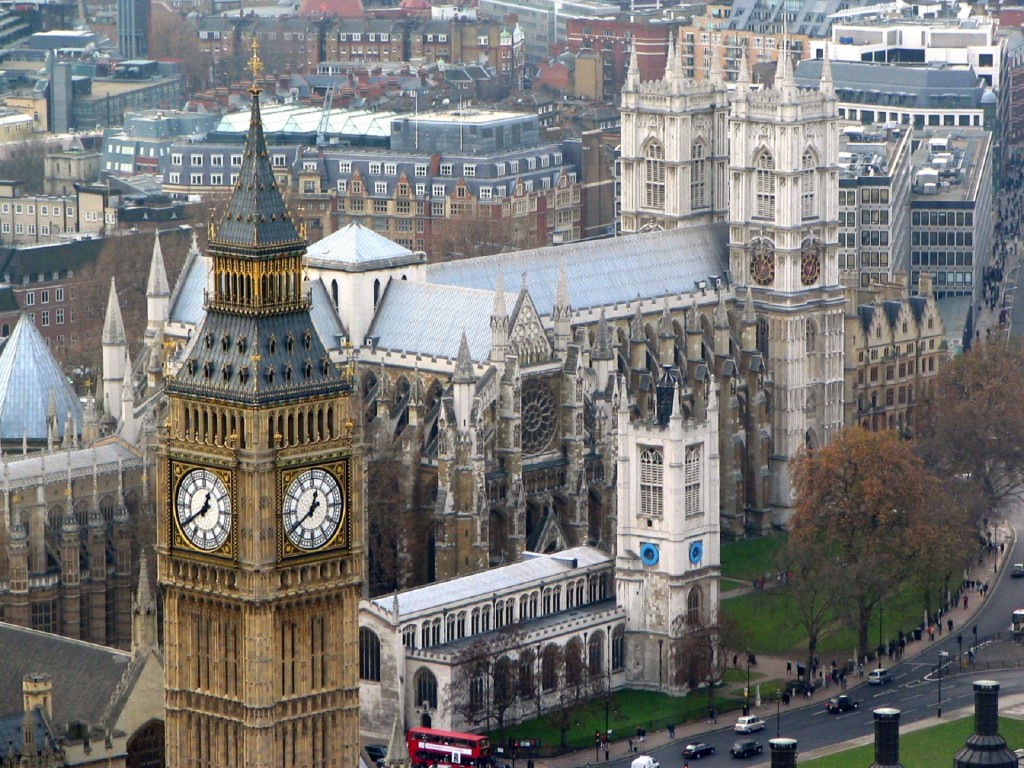
Where: London, England
Established: Big Ben first rang across Westminster on May 31 1859.
Best time to go: Best time? Any time! The clock never stops ticking, but it does look particularly good at night when the four clock faces are lit up. Be there on the hour when the 13 tonne (13,760 kg) bell rings out.
Purpose: It tells the time (duh!). Technically, the name ‘Big Ben’ actually refers to the huge bell that rings inside the clock tower (known officially as the Elizabeth Tower) and is adjoined to the north end of the Houses of Parliament. It has been keeping the time for over 150 years.
Why it’s worth seeing: Big Ben, at 96m tall is officially the largest clock in Great Britain and also the largest four-faced clock in the world. It is one of London’s most iconic structures and acts as a marker for what continues to be the centre of government today. Don’t miss getting a selfie with this big boy!
You might have seen it in: Peter Pan, Mary Poppins, Dr Who, Shanghai Nights, Sherlock Holmes.
Fun fact: Just like Italy’s Tower of Pisa, Big Ben has a slight lean to it due to the construction of the London Tube tunnels that run beneath it. If you look close enough you may notice is actually leans about 22cms in the northwest direction.
Ready to tick off those world heritage sites, one country at a time? Explore what the world has to offer on Contiki, they’ve got over 130 trips throughout Europe from Paris, to Greece, Italy and Spain. You’ll see the best of each country and be immersed in authentic local culture to give you the ultimate European experience! Find your next adventure with Contiki here.
Siân Edwards is a Sydney-based freelance writer and food and travel blogger who has travelled to more than 20 countries. She has written for publications including Holidays for Couples and Go Camping Australia magazines and contributes to various online sites like this one. When she’s not travelling, she’s tweeting at @sianwithashh about how she wishes she was travelling (plus other cool stuff).


